Characteristics of the Marinda f1 cucumber cultivar and tips for growing
Russian gardeners prefer to grow super-early varieties of cucumbers in order to harvest delicious and crispy vegetables from the very beginning of the summer season. Cucumber Marinda f1 is one of them. This is an unpretentious and productive plant belonging to the pumpkin family, suitable for cultivation in protected and open ground.
The hybrid was obtained as a result of selection work by employees of the Dutch company Monsanto. At the end of the twentieth century, it was recorded in the State Register not only of the Russian Federation, but also of the CIS countries. Since then, the Marinda variety has spread throughout Russia. Both southern and northern summer residents fell in love with him for his many positive qualities. And some farmers began to call cucumbers in their own way - Mirinda.
Difference from other cucumber varieties
Marinda is distinguished from other early-maturing hybrids by the following characteristics:
- excellent germination of seed;
- adaptability to the Russian climate;
- excellent yield even in adverse weather conditions;
- almost all flowers give ovaries, barren flowers are formed very rarely;
- fruits can be set without pollinating insects.
The presence of these positive properties makes the variety so attractive for amateur gardeners and professional farmers. The marinda can be grown commercially in large areas and small garden plots.
Description of the variety
Manufacturers give the variety the following description:
| Variety information | First generation hybrid (F1). |
| Pollination type | Belongs to the parthenocarpic type, the fruits are formed without pollination. |
| View | The variety is indeterminate - the growth of the lashes is unlimited. But at the same time, the bush is open and not thickened. |
| Type of ovary formation | The ovaries are formed in a bunch - 5-8 zelents in the bosom. |
| Ripening rate | Early - cucumbers reach removable maturity 45–55 days after sprouting. |
| Cultivation area | It can be cultivated in the Chernozem and Central regions of Russia in unprotected soil, in greenhouses and greenhouses of any type. |
| Landing scheme | In the row spacings, a distance of 0.5–0.6 m must be maintained, and between the bushes - 0.4–0.5 m. |
| Yield | With minimal maintenance, the plant always pleases gardeners with a good harvest - about 25-30 kg of fruits per 1 m². |
| Fruit type | Gherkin type fruits. |
| Purpose of fruits | Marinda F1 cucumbers are universal. They are suitable for canning (alone or with other vegetables) and for pickling. Cucumbers are also good in salads. |
| Is there bitterness in the fruit | The fruits are never bitter. |
| Resistant to adverse conditions | Frosts are very dangerous for a heat-loving plant. Its growth slows down at a temperature of + 15 ° C, and a decrease to + 9 ° C leads to death. Cucumbers of the Marinda variety are quite resistant to short-term drought. |
| Disease resistance | Despite all the efforts of breeders, the hybrid can be affected by real and downy mildew, spotting on fruits, angular spotting, peronosporosis, anthracnose, and nematode. |
| Marinda F1 cucumbers are not affected by cladosporia and mosaics. |
Plant appearance
The plant itself looks like this:
- the stem is powerful;
- few shoots;
- leaf blades are medium-sized, light green;
- ordinary flowers;
- almost all fruits are equal in size and shape.
The appearance of the Dutch hybrid is quite attractive.
The fruits have the following characteristics:
- The shape is cylindrical.
- Length - 8-10 cm.
- Weight - 70-90 g.
- Diameter - 2.5-3 cm.
- The pulp is dense, contains a small amount of small seeds.
- The rind is quite thin.
- The entire surface of the cucumber is covered with white thorns and large tubercles.
- The aroma is ordinary cucumber.
- The taste is sweetish.
- Color - dark green.
Cucumbers perfectly tolerate transportation and are stored for a long time at a temperature of + 8 ° C and an air humidity not exceeding 95%.
Pros and cons of the variety
Amateur gardeners and farmers who have cultivated Marinda F1 cucumbers on their plots highlight the following advantages of a vegetable plant:
- early ripening of fruits;
- their excellent taste;
- a high percentage of germinated seeds;
- unpretentiousness;
- good productivity;
- universal use of fruits;
- the possibility of growing in almost all climatic zones of Russia;
- cucumbers can be grown in greenhouses and hotbeds, and in the open field:
- the ability to bear fruit while on a loggia or windowsill.
The hybrid also has disadvantages:
- insufficient resistance to diseases;
- the plant can be damaged by the larvae of the cucumber mosquito, aphids, slugs, spider mites;
- fruits very quickly outgrow and lose their presentation if they were not harvested on time;
- high cost of planting material;
- the need to buy seeds annually.
The variety has more positive qualities than negative ones. Therefore, he is widely known among the agrarians.
Growing features
Cucumbers are most often grown in seedlings. Experienced gardeners say that it is better to buy bags of Marinda seeds packaged 2-3 years ago. They contain the most viable planting material.
Work begins in the third decade of April. Moreover, it is important to correctly calculate this period, because if the seedlings are more than a month old, they will take root worse in a permanent place.
Original seeds of Marinda cucumbers from producers are granulated, that is, covered with a special layer. It contains nutrients and antimicrobials. This layer is usually emerald green, or pink in color. Manufacturers recommend placing the seed directly into the ground.
But Russian summer residents prefer to act the old fashioned way. Seeds are wrapped in a damp cloth without pretreatment. It is placed in a flat container, which is placed in a plastic bag. The structure is placed in a warm place. After 3-4 days, sprouts should appear. Each seed that has hatched (their total amount is usually at least 93-95% of the number of seeds in a bag) is sown in an individual peat cup. Further, the care for the seedlings of the Marinda hybrid is the same as for other representatives of cucumber varieties.
After the spring frosts recede, the Dutch hybrid can be planted right in the cups in a permanent place:
- in a greenhouse or greenhouse (film and polycarbonate);
- in unprotected soil - but the summer resident should not forget that in this case the yield is much lower;
- in a pot or box on the glazed balcony.
The beds for Marinda are located in areas without shading, protected from drafts. Low lighting and cold winds have a detrimental effect on the plant - it begins to ache and stops bearing fruit.
The soil should be loose and well fertilized. But the farmer should make sure that there is not a lot of nitrogen in it.
Sufficiently strong young plants of the Marinda variety with four true leaf blades are planted on cucumber beds. For this, shallow trenches are made, into which compost and rotted manure are poured. After planting, the land must be mulched with straw or freshly cut grass. At first, the seedlings can be covered with foil.
After 2 weeks, the plants that have taken root in the ground are freed from the covering material.
Experienced gardeners grow Marinda cucumbers in different ways:
- the vertical method, when the seedlings are tied up on twines attached to a net or trellis at the top of the greenhouse;
- horizontal method, that is, completely without supporting structures. It is suitable when plants are in a greenhouse or outdoors.
Marinda F1 cucumbers growing in the greenhouse must be shaped.Since female flowers grow on lateral lashes, after the 6th leaf, the top is pinched. And with lateral shoots, this is done after the 4th leaf plate. This will stimulate further branching. But in the open field, you should not pinch the hybrids.
Watering cucumbers must also be done correctly:
- Use only warm and settled water for at least a day.
- In the heat, before the abundant flowering, cucumbers are watered every day, spending 1-2 liters for each bush.
- When the ovaries begin to form, watered every 3 days, at least 10-12 liters per 1 m².
- By the end of summer, the abundance of sprinkling is reduced. Less than a liter is poured onto the plant once a week.
- When cool or cloudy weather is established, watering is stopped altogether. If this is not done, then there is a high probability of root rot or the appearance of fungal diseases in cucumbers.
Marinda is fed, like other varieties of cucumbers, in a root and foliar way.
Reviews of gardeners
Angelina Guseva, 43 years old, Belorechensk:
“This summer I planted Marinda's cucumbers with seeds in a greenhouse. Sprouts emerged from all the seeds and quickly grew. I watered and fed them. Fruiting at Marinda is excellent. At the beginning of summer, all my household members ate sweet and juicy cucumbers. During the season I removed about 9 kg from each bush. This is despite the fact that the summer was rainy. There was practically no sun, it rained every other day. "
Vitaly Sergeevich Naumenko, 56 years old, p. Nizhny Olshanets:
“I started planting Marinda about 5 years ago. Until now, I have not been disappointed in him. Although the seeds are expensive, the harvest is always wonderful. And the seedlings are always strong and healthy. And in the greenhouse, the plants practically do not get sick. I spray them with celandine broth every week. He also grows on the site. In the summer, I picked cucumbers every day. Moreover, they are strong and always without bitterness. My wife has rolled up so many cans that we can't eat this winter. We'll have to give a part to the children. "
Evgenia Kudinova, 23 years old, Veliky Ustyug:
“I found reviews of the Dutch F1 hybrid Marinda on the internet. I decided to check if the cucumbers are actually as good as they are described. When I opened the bag, I saw that the seeds were emerald in color. I read on the World Wide Web that such seeds are immediately planted in the ground. I did so. A month later, I had strong plants. I put them in a greenhouse. The ground was covered with grass. She did not tie the scourge, she did not pinch the plants. But, in spite of everything, there were a lot of cucumbers. Everything is as if on selection - even, small. Next year I will definitely plant Marinda at my dacha again ”.
The modern market offers farmers a huge number of varieties of cucumbers. Dutch hybrid Marinda F1 is not the last among them. He has many advantages - a summer resident who cultivated these cucumbers will probably want to plant them again, so that, without spending a lot of effort, feast on strong and crispy vegetables from the very beginning of summer.

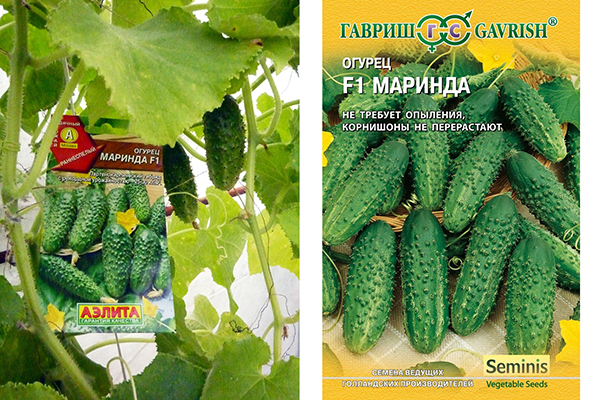
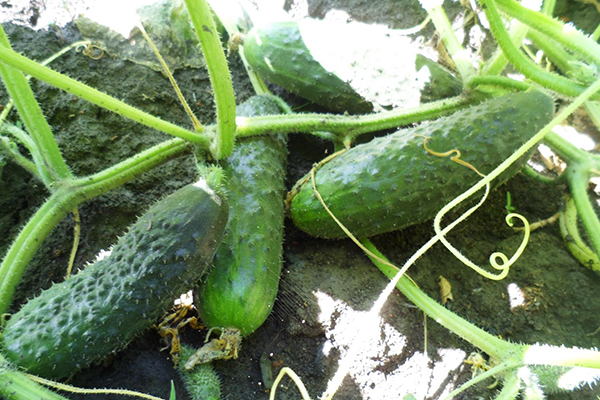
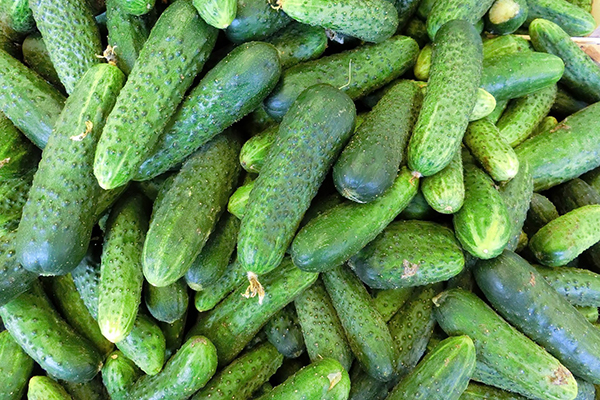
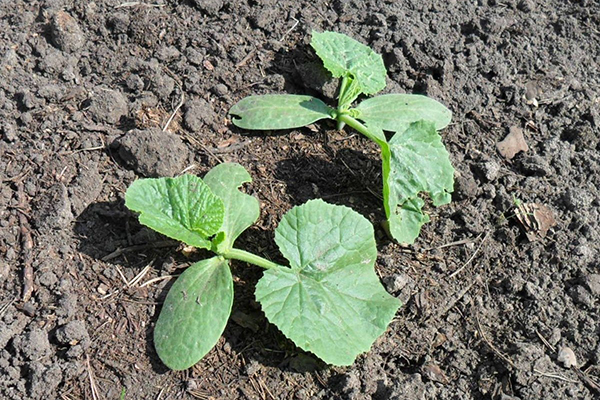
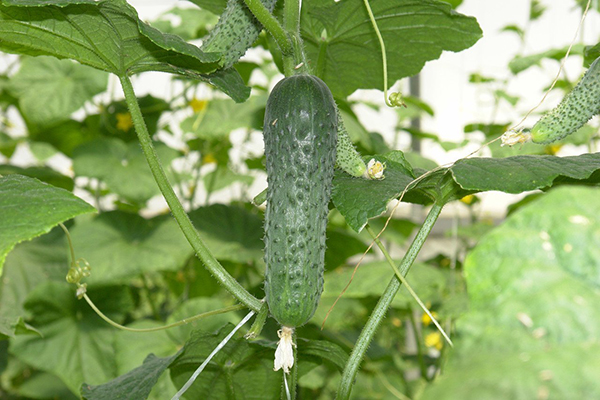
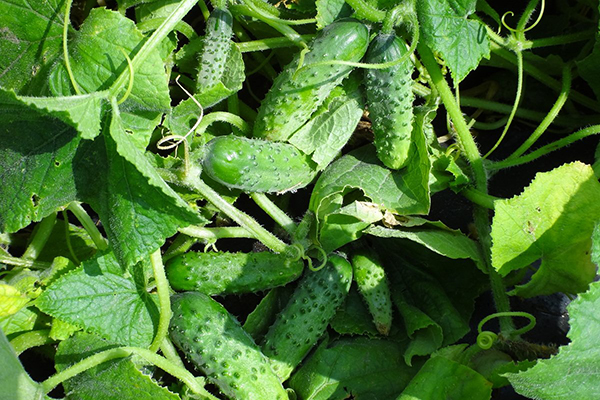
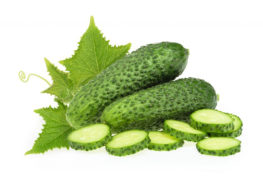
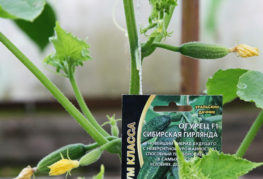
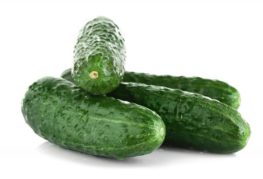
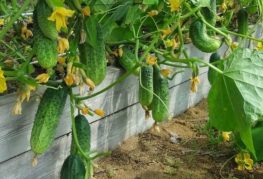
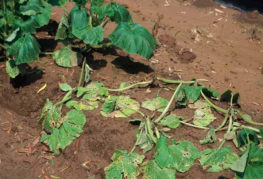
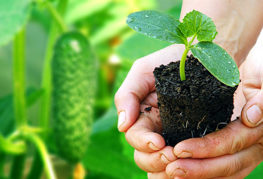
and will be published shortly.